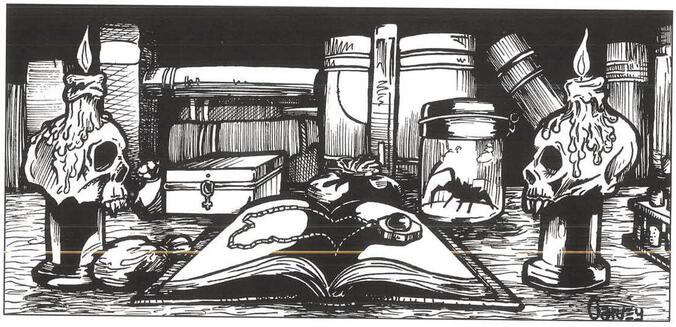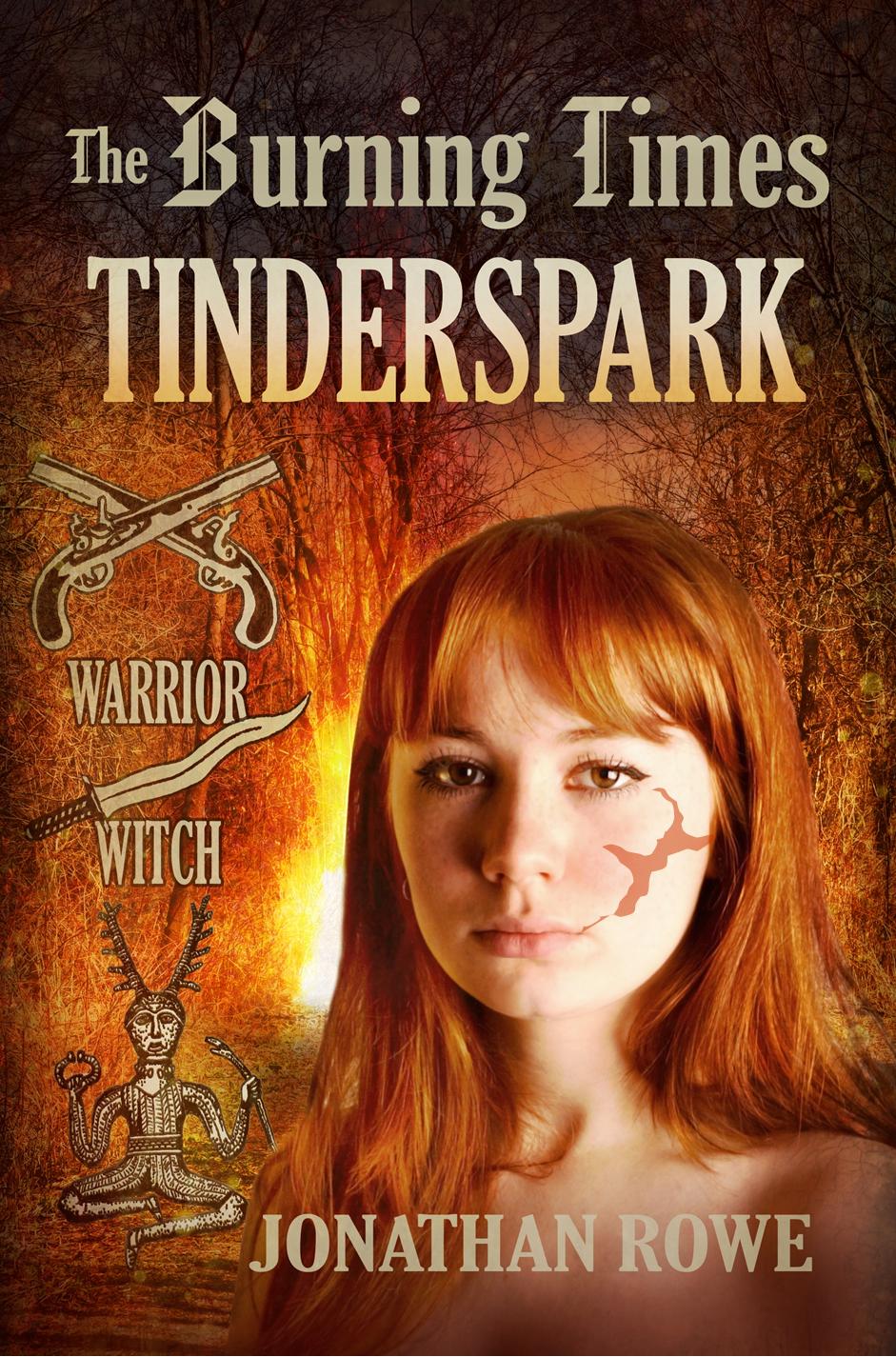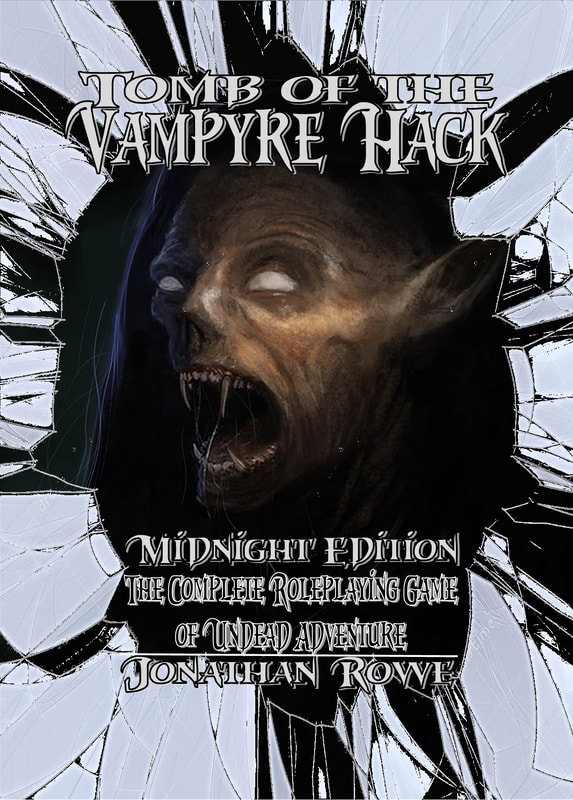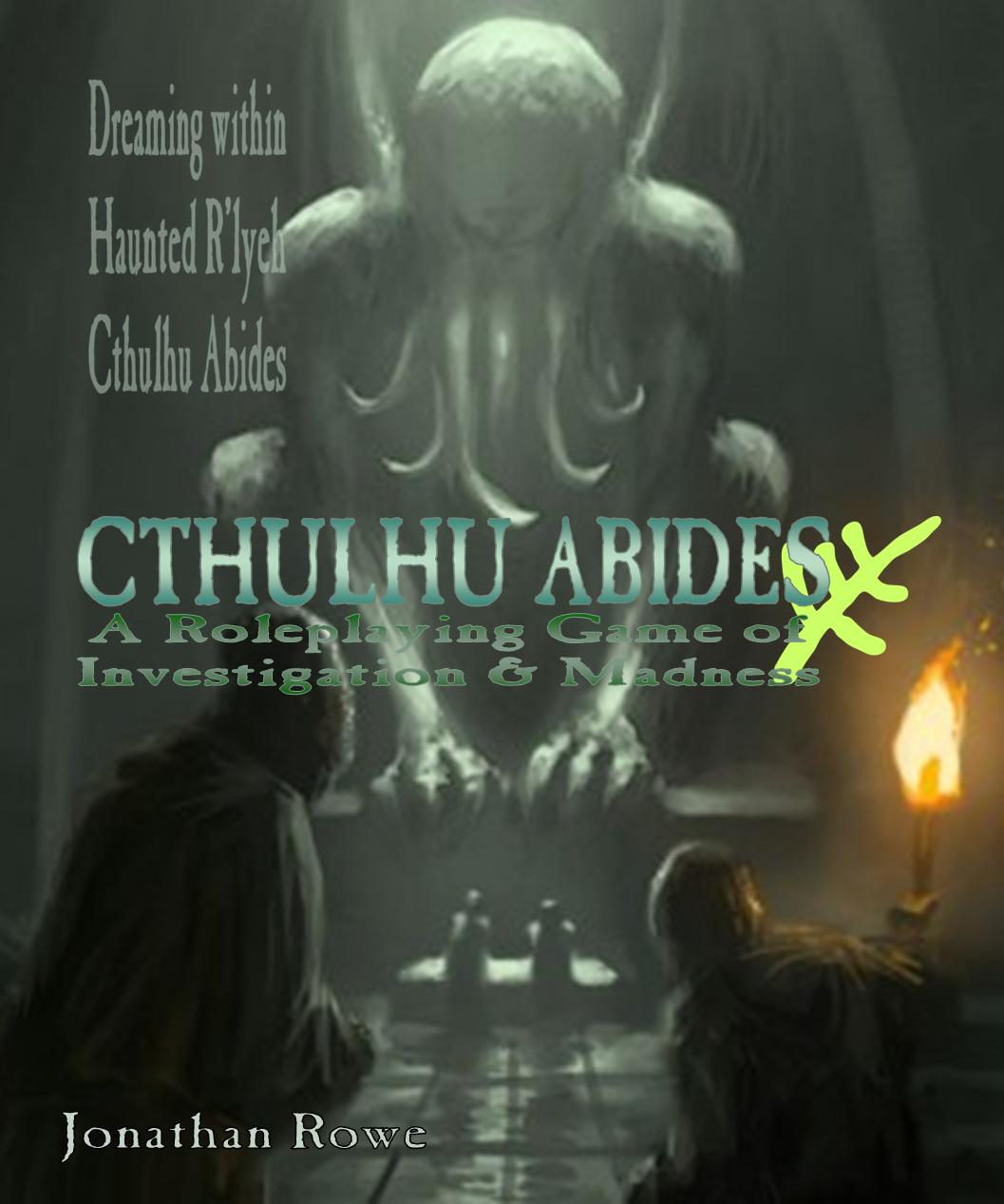|
In Forge Out Of Chaos, Divine Magic (as previously examined) is straightforward: 10 skill sots and zap: you're imbued. Pagan Magic is different. Once upon a time the gods bestowed it on mortals, but no longer (what with them all being dead or banished). Instead, mortals have figured out how to make magic work without the assistance of divine patrons. It includes quick'n'dirty 'Attack Magic': Beast Magic (animal powers), Elementalism (everything from fireballs and flying to water breathing) and Necromancy (creating and controlling undead and, naturally, curses). This makes Pagan Magic a bit like fantasy world technology. It's the manipulation of impersonal (super)natural forces through intelligence, applied technique and special tools. It's much more bespoke than Divine Magic and you can bend it till it breaks. It's also less reliable and can backfire. Return of the schematics 'Schematics' are tables that introduce variable elements for every spell: is the duration as low as 2 minutes or over 10? does the enemy get a Saving Throw at +2 or at -2? Divine Magic enables you to use of spare spell slots re-rolling already-acquired spells in the hope of improving their variables. Pagan Magic adds a few twists to this. First of all, Mages can choose to sink more than the basic 10 skill slots into their Magic skill. Each extra slot adds +1 to a die roll on the schematics for each spell. So if you invest 13 skill slots into Magic, you get a +3 bonus to spread among the schematics for each of your spells. You will need it, for several reasons. Unlike Divine Magic, Pagan Magic lets you acquire spells that are a level higher than your skill. This means, with 1st level Magic you can learn 2nd level Attack Spells. However, you get a -2 penalty on every roll on the schematics for a spell that's higher than your current level. The extra investment offsets this. (Of course there are other reasons to be cautious about learning higher-level spells. They cost a lot of Spell Points to cast. A typical Mage has 20-25 SPTS and a 1st level Elementalist spell costs 9 SPTS to cast; a 2nd level spell costs 18 SPTS, which will just about clean you out.) These spells come with Harmful Side Effects (HSE) and every spell forces you to roll on the HSE schematic to see what happens when you cast it. You probably get 'nothing' but HSEs can include taking damage every time you cast that spell, spending extra SPTS just to cast that spell or finding yourself unable to perform magic for a period after using the spell. Higher level spells are much more unnerving. The rules fail to clarify a couple of points. Presumably the mystical, un-healable Damage is 'actual' damage (it comes off Hit Points directly, ignoring armour). How long does the Mental Exhaustion last? Minutes, hours or days? That's harder to call, but most of the durations used in Forge's magic system are in minutes, so let's assume that's what is meant. If you're going to use that extra-investment bonus on any schematic, I think HSE will probably be the one. 'Pumping' spells The other thing Pagan Magic can do is crank up the intensity. 'Pumping' a spell means spending extra SPTS to get a better-than-normal result. The exact result depends on the type of Magic you specialise in. As you can see, you get a big boost to range or damage when 'pumping' Elemental spells, whereas Beast spells get a better boost to duration and chance of success. Necromancy's in the middle. The precise cost of 'pumping' a particular spell is determined by another schematic. This schematic is a tempting candidate for that extra-investment bonus, since the cost typically varies from as low as half-as-much-again to outright doubling the base cost of a 1st level spell in SPTS. However, the costs of 'pumping' a spell don't go up with levels: 'pumping' a 4th level spell cost the same as 'pumping' a 1st level spell, so you might be happier bearing the cost with high level spells (you'll have tons of SPTS by then anyway). Before you get carried away and run around 'pumping' every spell for extra damage or tougher saving throws, a warning: there's a chance any 'pumped' spell blows up in your face. The chance of this is a whopping 25%, plus 5% for each extra 'pump' you risk and plus/minus 5% for each difference in level between your skill and the spell itself. So if you've got 2nd level Magic and you pump a 1st level spell 3 times, you've got a 30% chance of it going BOOM (25% + 10% for the 2 extra pumps - 5% for the difference in your favour). Remember how you could invest extra skill slots in Pagan Magic? Well, they reduce your vulnerability to backfiring spells: So if you invested 3 extra skill slots in your Magic skill, you not only get a +3 bonus on the schematics, but you deduct 10% from the chance of spells backfiring when you 'pump' them. Sweet. If the spell backfires, it doesn't just fizzle out. You take damage based on the spell level and the number of 'pumps' you put into it, times two. If that 1st level spell backfires after being pumped 3 times, you will take 8 damage - 8 'actual' damage, which could quite possibly kill you. If that wasn't bad enough, your spell component disintegrates too. Spell components The only thing required for Divine Magic is a prayer, but because Pagan Magic is 'tech' you need special equipment for it: spell components. No components, no spell. That's the component list for Beast Magic spells - the 'minor' ones (levels 1-4). 'Major' spells (levels 5-8) need even fancier gizmos. Since a Player Character starts with 30-180gp (good ol' 3d6 times ten), and you probably want a weapon and some basic armour, most Mages will start out their adventuring career with just a single spell component (i.e. that Manticore Spike for damage spells). They might 'know' other spells, but they're not able to cast them until they can afford the kit. This gives starting Mages a very strong reason to go dungeoncrawling and provides the Referee with 'treasures' that players will appreciate: finding an Ash Wand, already "soaked in a mixture of blood from various animals," will be worth more to some players than a magic sword. (Of course, maybe the campaign setting has Mage Guilds that kit out starting PCs with all the Ash Wands and Manticore Spikes they need, then extract the costs back from them with massive interest rates...) Since components have a nasty habit of going BOOM when you 'pump' spells, wealthy adventurers will invest in spares! That's another reason why Forge really needs an Encumbrance system. Let's reflect Forge's magic system was widely praised - indeed, it was its only saving grace, for many critics. It certainly offers players a lot to think about during character creation:
Once your character is up-and-running, you have to 'curate' your spell collection:
Curating your spell collection like this is very satisfying. It means that even if another player has a Mage with the same type of Magic, its unlikely they have the same spells as you and, even if they do, it's unlikely their spells have quite the same variables as yours. Your spell collection is your achievement and you can feel rightly proud of it. The only problem with all this is for the Referee: throwing together a NPC Mage is not a trivial chore. I'm a bit doubtful about 'pumping' spells to boost Duration or Range. Most spells last 10-20 minutes anyway and it's hard to think of situations where that's not enough but adding 5 or 10 minutes would make all the difference. Perhaps with Beast Magic, where pumping could add 10 or 20 minutes, you might enable a helpful shapechange spell to last a couple of encounters. Boosting Range sounds like a useful thing, but in fact not so much. With it's weird 1-minute melee rounds (more about that nonsense in another blog), Forge characters can cover hundreds of yards in a couple of rounds, so there are easier ways of bringing a target into range than 'pumping' a spell. The range-boosts just aren't big enough to make it tempting in the absence of crunchy tactical movement in the combat system. Types of Attack Magic: Beast, Elemental, Necromancy Pagan Magic also includes Enchantment, which follows all the rules above but adds some tricks of its own. I'll cover that another time. Just now, I want to finish off with a comparison of the three schools of Attack Magic. Beast Magic is certainly the easiest, costing just 7 SPTS per spell level; Necromancy costs 8 and Elementalism 9. This makes Beast Magic favourite if you rolled low in Power (hence, low in SPTS). Each school offers similar offensive spells. There's a ranged spell that deals automatic damage, no roll 'to hit': Beast Magic's 'Spike' deals 1d6 damage, Necromancy's 'Skeletal Bolt' deals 1d8 and Elementalism's 'Ice Bolt' deals 1d10. You see the progression? There's a 2nd level version that deals twice as much damage and so on. Very balanced. There's also a close combat spell that requires a successful roll 'to hit' (using your Magic skill against DV2 instead of Melee Weapons) but deals 'actual' damage, bypassing armour: Beast Magic 'Wounding' deals 1d6, Necromantic 'Pain' deals 1d8 and Elemental 'Fiery Touch' deals 1d10. The 2nd level iterations double this damage too. This makes it tempting for Elementalists in particular to 'pump' their damage spell twice for +6 damage; 1d10+6 damage (Ice Bolt or especially Fiery Touch) has a decent chance of killing a humanoid character outright. 2d10+6 damage (2nd level Ice Burst or Searing Touch) will kill tougher things. Shame about the 30% chance of backfiring (35% for the 2nd level version) but if you invested extra skill slots in Magic, you could risk it. Let's face it, you will risk it. Beyond this, the schools vary in content. There are defensive spells of different types and a whole bunch of utility stuff. Beast Mages can influence and talk with animals and acquire animal abilities (climbing like spiders, hiding like chameleons) and shape-changing powers; Elementalists can create fire and wind, walk on water or levitate; Necromancers can turn or create undead or imitate their powers and immunities. Since you get a check to your Magic skill every time you cast a spell in a crisis situation (i.e. adventuring) and you're limited to casting spells until your SPTS run out (so perhaps 3 or 4 times in an adventure for starting characters), you're going to advance slowly in Magic at first. Higher-level casters can speed advancement by heavily using low level spells. Maybe consider buying some Vigoshian Root? A boost of 10-60 SPTS for an hour lets you go nuts with those Ice Bolts. Yes, it costs 30gp and yes, there's a 50% chance you will lose 0.1d3 Insight. But magic is all about trade-offs, right? Necromancy introduces an interesting mechanic. Each time the Necromancer animates a new Skeleton (1st level) or Zombie (2nd level), they lose 0.1 Stamina permanently. As Stamina drops, so do Hit Points. Raising the undead is not to be done casually. The 7th level spell 'Life Drain' lets you reverse this, permanently stealing decimal points of Stamina from victims to replenish your own (which should be pretty far depleted by then). But remember 7th level spells require 13+ Insight and you will need 26%+ on your base Magic skill if you're ever going to advance that far. If manufacturing undead is your thing, the 4th level spell 'Bestow Intellect' drains 0.1 Intellect from the Necromancer to grant created undead some dog-like autonomy. After that, you can teach them your skills, project your voice through them, deputise them to command your other mindless undead, generally have fun curating your collection of skellies and zoms. Beast Magic has a less-thrilling variation, involving dominating animals to be your companions and bodyguards. The 2nd level spell 'Animal Domination' permanently drains 2 SPTS for each animal under your control; the 6th level 'Bestial Domination' works on giant animals but drains 5 SPTS each time. Unlike Necromancy, Beast Magic doesn't offer a way of regaining those Spell Points (except by going up levels in Magic skill, of course). With the exceptions noted above, Attack Magic spells are all short-term, usually lasting 10-20 minutes. If you want permanent magical effects, you need to try Enchantment, which I'll look at another time. There's certainly a good selection of desirable magical tricks here. Although cloned from D&D, the spell lists show clear attempts to introduce balance and allow rational progression. There's a heavy focus on combat and solutions to the sort of problems you face in dungeons. There's a lack of big area effect spells but that's an aesthetic choice: Attack Magic is low-key, personal, one-on-one. Elementalism is far and away the most potent, both as a combat option (so many damage spells, such big bonuses from 'pumping') and as utility magic (flying, talking to earth, scrying) and Beast Magic is very much the poor cousin (personal transformations, befriending beasts) but many players will be drawn to the interesting trade-offs involved in Necromancy. There are things missing: no illusions, no plant-based magic, a dearth of information-gathering spells. Nonetheless, it's a spell list that compares very favourably with Basic D&D/1st edition AD&D. However, when Forge came out in 1998, 2nd edition AD&D had already expanded the roles of clerics and magic-users and the innovations to 3rd and 4th edition in the 2000s would bring choice, balance and rational progression to D&D spell-casters. As usual with Forge, you feel that, had it come out 10 years earlier, it would have been hailed as a valuable contribution to the evolution of Fantasy RPGs. A lot happens in a decade.
0 Comments
Leave a Reply. |
30 Minute Dungeons
Essays on Forge
FORGE Reviews
OSR REVIEWS
White Box
THROUGH THE Hedgerow
Fen Orc
I'm a teacher and a writer and I love board games and RPGs. I got into D&D back in the '70s with Eric Holmes' 'Blue Book' set and I've started writing my own OSR-inspired games - as well as fantasy and supernatural fiction.. Archives
July 2024
Categories
All
|











 RSS Feed
RSS Feed
























